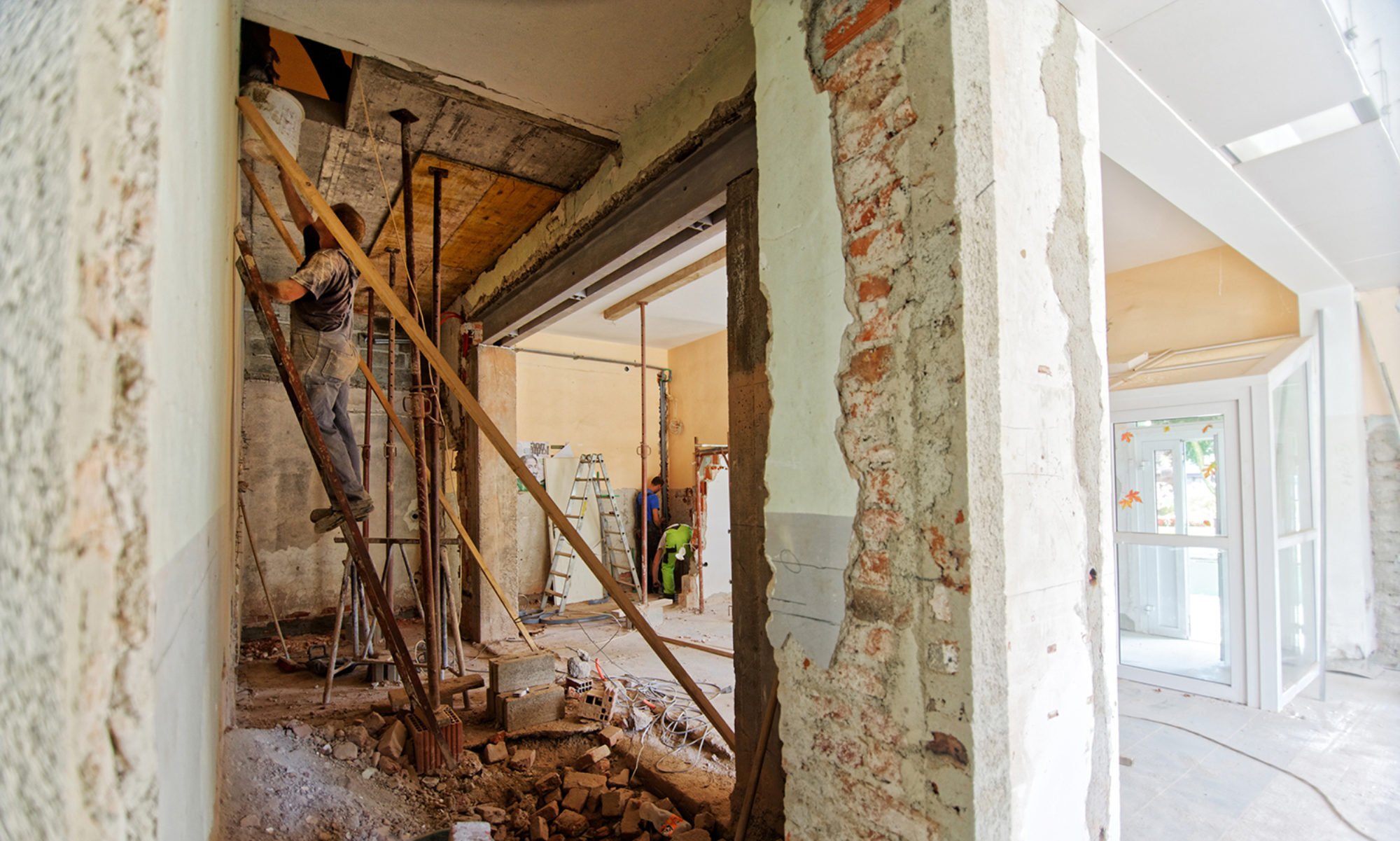Wide Plank & Parquet Hardwood Flooring Styles: Herringbone, Basket Weave, Chevron…
Are you planning hardwood flooring for the living room, bedrooms, or even the kitchen?
Great choice, but now you need to decide a few other things: wood species, size of the pieces and flooring style.
Read on to learn about all this and also this flooring’s pros and cons, how to install and maintain it.
Page Contents:
Hardwood flooring pros & cons
Pros
- Classic and beautiful, matches any decoration style;
- Cozy, both visually and physically: pleasant texture and temperature;
- Solid and resistant;
- Durable and repairable: if after a few years the floor is damaged, it can be sanded, caulked and waxed again. But this is not so cheap, and there is a limit of times it can be done. Each time the wood is sanded, it gets thinner. Eventually, it gets too thin to be sanded again.
- Wood has some resistance to water and moisture, so it can also be used in kitchens. If you drop water on the floor and clean it immediately, no problem. But if that water stays there for a long time, the planks may puff up.
Cons
- More expensive than most other options;
- Usually around 2 cm / 1′ thick, it’s not ideal to be placed on top of an existing flooring. And in case of an existing sub floor, you should check the available height for the flooring;
- Complicated installation;
- Demands careful treatment to prevent scratches – specially when moving furniture around or throwing parties – and periodic maintenence.
Piece types & sizes
Wide plank
Planks are large pieces nailed or screwed to the subfloor or a wooden structure.
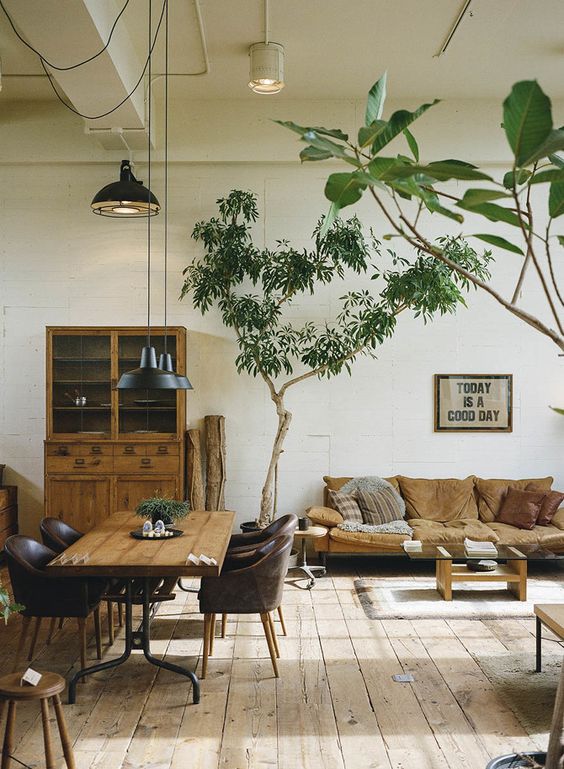
Parquet
Parquet boards are smaller and glued to the subfloor.
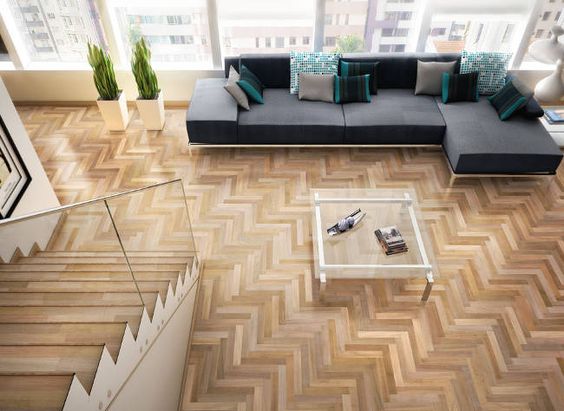
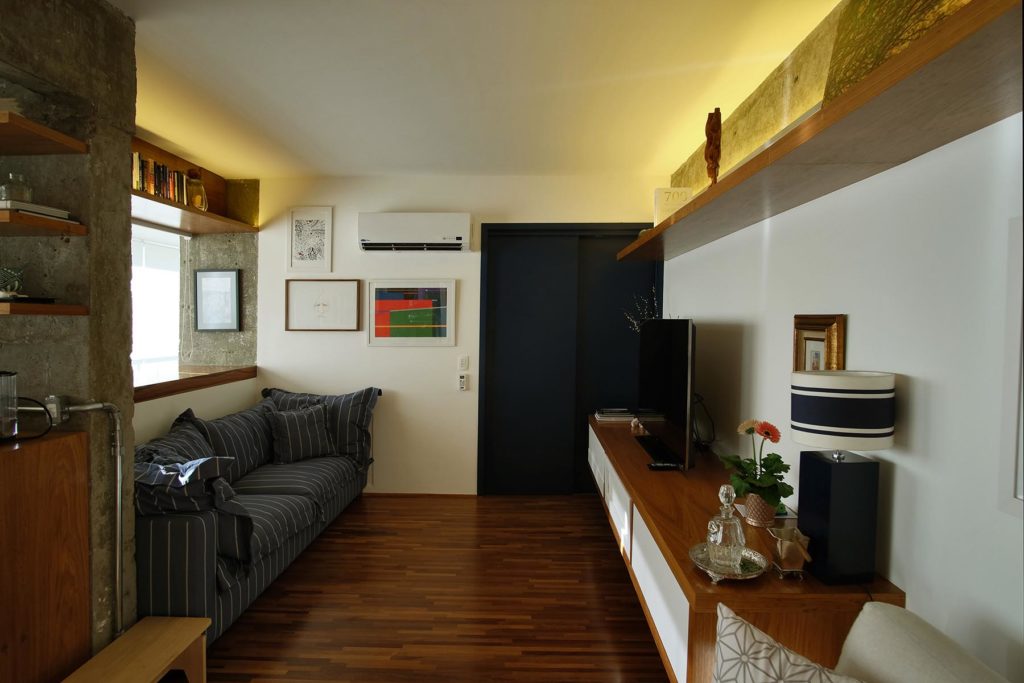
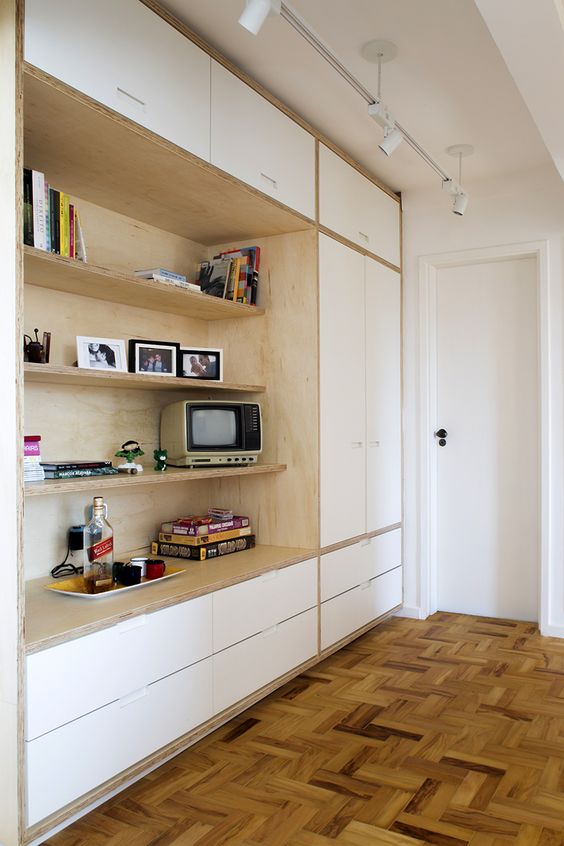
Parquet laying patterns
Plank floors do not offer pattern options. As the boards are long, they are always placed side by side.
Parquet pieces, though, can be placed in different ways, forming patterns.
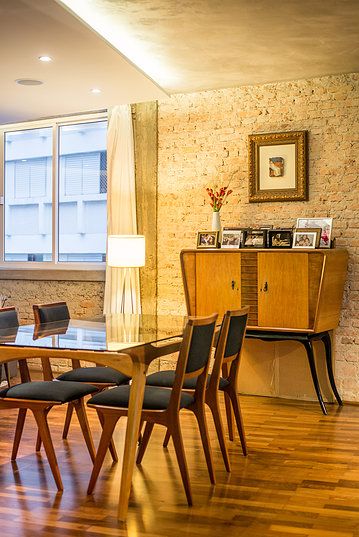
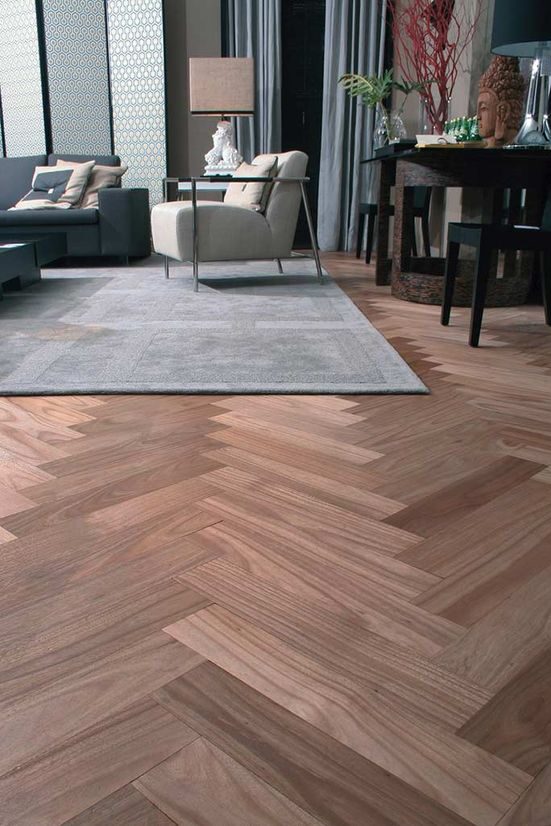

Hardwood flooring pre-installation verification
Wood pieces thickness is usually about 2cm/1″ (but it’s always good to confirm with the supplier), so it shouldn’t be placed over another flooring.
In case you already have a finished subfloor, check the gap that was left for the flooring material. Make sure the pieces will fit under doors and their thickness won’t get you any issue.
If you are going to break an existing flooring and make a new subfloor, no problem. Check the thickness of the chosen pieces and leave a gap with the same dimension.
Hardwood flooring maintenance
Another factor of attention is maintenance: hardwood floors must be treated with care. Periodic waxing is recommended, and be extra careful when moving furniture around or gathering lots of people.
If after a few years the floor is damaged, it can be sanded, caulked and waxed again.
But this is not so cheap, and there is a limit to how many times it can be done. Each time the wood is sanded, it gets thinner.
Wood isn’t the best material to resist moisture, but it has some resistance. If water falls on the floor and you clean it immediately, no problem. But if that water stays there for a long time, the wood ends up puffing up, and with that the flooring pieces begin to rise.
That is why you see hardwood floorings in many kitchens, but some people prefer a more practical and more water resistant coating, like tiles, so they can wash the kitchen.
And that’s it! Now you know everything you need to install a hardwood flooring in the living room, bedroom or the whole house.
Be sure to explore on this site other essential content for your home build!
